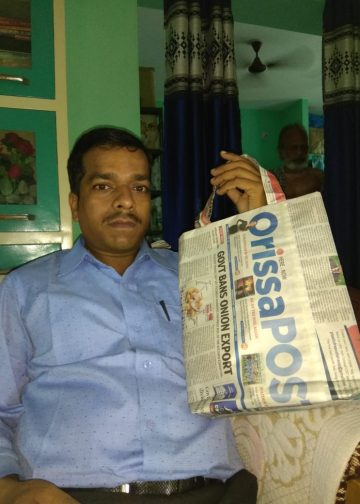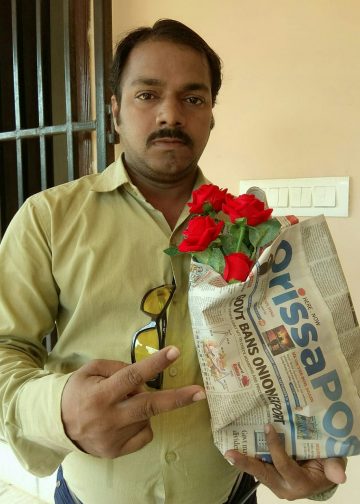Sandeep Mishra
Post News Network

Bhubaneswar: Ahead of World No Tobacco Day May 31, one of the biggest concerns facing the World Health Organisation is the rampant trade of illicit cigarettes — cheap knockoffs that are deadlier than the regular ones – with children from low-income groups increasingly becoming its victims.
Statistics from a recent WHO factsheet reveal that one of every ten cigarettes smoked is illicit. Being easily accessible and cheaper, these are highly popular among low-income groups. This has spurred the WHO to base its theme for this year’s World No Tobacco Day on the issue of illegal trade of tobacco products.
“The tobacco epidemic is one of the world’s biggest public health threats. It kills nearly six million people annually,” said a recent WHO factsheet on tobacco. “Unless urgent action is taken, the annual death toll could rise to more than eight million by 2030,” the factsheet stated.
Ban goes awry
Orissa is notorious for its fondness with tobacco-chewing. It ranks among the highest tobacco-consuming states in the country, with an estimated 45-60 per cent youths in the state identified as tobacco users. The heavy prevalence of tobacco use prompted the state government to issue a blanket ban on smoking in public areas in 2009, and a 2013 ban on the sale of gutkha products.
Later, however, the statewide ban on public smoking was inexplicably confined only to the capital city. Smoking in public places was initially monitored by police stringently, but gradually the enforcement has gone down to a minimum, say citizens. Smoking in public is now an all-too common sight again, including at railway stations, colleges and outside hospitals and government offices.
“Back in 2010, it was simply impossible to smoke in public areas in the city. Police were very active at that time and if you were caught in the act, you had to pay a fine of at least `200,” said Sampat Mohanty, a student living in Acharya Vihar.
The Commissionerate Police meanwhile issued advertisements and displayed awareness placards advising people to act on behalf of the police to combat smoking in public places. “We have dismal manpower. It is quite impossible for us to monitor and fine each and every person who smokes in public. The citizens also need to be aware and combat this evil,” said a police official.
Health consequences
Mortality due to various types of cancers in the state has gone up by ten times in the past five years, according to data released by the Acharya Harihar Regional Cancer Centre in Cuttack. Nearly 50,000 persons are dying every year in the state due to oral and lung cancers that were caused primarily due to heavy consumption of various kinds of tobacco products, smoke or smokeless.
“More than 73 per cent people in the state are literate. The need of the hour is to provide them information about deadly cancers – especially oral and lung cancers – that increase the disease burden. Consumption of chewing tobacco and illicit smoking products are major contributors of oral and lung cancers in the state. People need to be sensitised on these issues,” said PKB Pattnaik, joint director, Non-Communicable Diseases Cell.
Horrifying statistics
According to a WHO report, chewing tobacco and smoking is more common among Indian youths than adults. Nearly 14.6 per cent youths in the country are regular users of tobacco products compared to 14 per cent adults. Moreover, 8.3 per cent young females are addicted to smokeless tobacco compared to 2.9 per cent adult females.
The study further revealed that about 22.5 per cent males are addicted to smoking tobacco other than cigarettes. Twenty per cent of them are regular users while a further 25 per cent are occasional users.






































